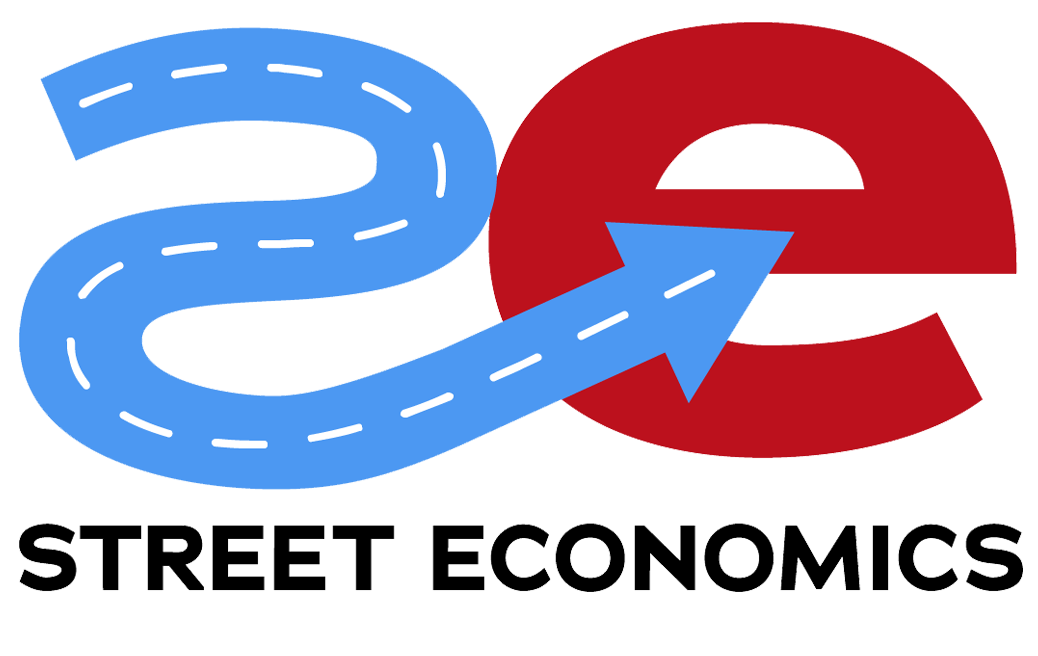Good morning, local leaders. This daily economic intelligence digest is crafted specifically for cities that reject outdated strategies, bureaucratic inertia, and yesterday’s economic development approaches. Realistic, actionable, and clearly stated, we’ll equip you to make proactive, informed decisions today.
Fed Keeps the Squeeze on Credit
A top Federal Reserve official yesterday reinforced that interest rates are staying put at their highest levels in years, dashing hopes for any quick relief. With inflation still above the Fed’s comfort zone and even new factors like energy prices and tariffs posing risks, the central bank signaled it won’t cut rates anytime soon. Banks are also tightening lending standards; business loans and mortgages remain hard to get or pricey. In short, cheap money is off the table for now.
Why This Matters: City budgets and projects feel this directly. Any town planning to issue bonds for new infrastructure is looking at much higher interest costs, straining taxpayer dollars. Local businesses face tougher financing conditions, which can slow expansion and hiring in your community. If you were counting on a rate cut to ease housing or development deals, plan for the status quo instead. The Fed is forcing a return to economic fundamentals – for city leaders, that means budgeting conservatively and prioritizing projects with solid financial footing, not counting on a debt-fueled free ride.
Housing Supply Rises as Buyers Pull Back
Spring housing markets are oddly calmer than usual. New data from March shows more homes finally coming onto the market – sellers listed about 9% more houses than this time last year – yet buyers aren’t biting at the same pace. Mortgage rates around the mid-6% range have kept many house hunters on the sidelines, so inventory of unsold homes is up nearly 20% from a year ago, reaching the highest level for a March since 2020. Home price growth has basically stalled out: the typical house value barely rose last month, and in some formerly hot metros (including several in Florida) prices even ticked down slightly. Builders are cautious, and buyers are picky – a recipe for a plateau in the housing frenzy.
Why This Matters: After years of crazed housing shortages and skyrocketing prices, your local market might finally be balancing out. More inventory and flatter prices are a welcome breather for families and first-time buyers in your city. But a slower market also means fewer construction jobs and potentially lower property tax growth if values stabilize. City leaders should seize this moment to push through housing developments and permitting reforms – easing zoning and red tape now can encourage builders to take advantage of rising inventory and add attainable housing before the next demand surge. The cure for high housing costs is, and always will be, more housing supply – not artificial caps or waiting for a market crash.
One City’s Fiscal Discipline Gets Rewarded
While many local governments worry about rising debt costs, one city is showing how to do it right. Peoria, Arizona just earned the highest possible credit ratings (AAA) from both Fitch and Moody’s this week, a gold-star affirmation of rock-solid finances. Ratings agencies pointed to Peoria’s strong economy, healthy reserves, and prudent budgeting. In practical terms, this means Peoria can borrow money for projects at lower interest rates than just about any other city its size; even as rates run high, their taxpayers will save millions on future infrastructure bonds. In an era when some cities flirt with downgrades, Peoria is a case study in keeping your fiscal house in order.
Why This Matters: A top-tier credit rating is more than bragging rights – it directly affects your city’s ability to fund roads, schools, and utilities without breaking the bank. Peoria’s win shows that if you make the tough calls (controlling spending, building reserves, avoiding gimmicks), investors notice and your community reaps the benefit. City leaders everywhere should pay attention: with interest costs up, any downgrade hurts much more, and conversely, an upgrade can free up budget room for other priorities. Not every city can be AAA, but every finance director and mayor can take a page from Peoria by treating fiscal stability as a must-have, not a nice-to-have. In today’s climate, cash-strapped and credit-stressed cities will fall behind those that plan ahead like Peoria.
Downtown Office Woes Drag On
Central business districts are still looking eerily empty, and the news on that front got worse yesterday. Office vacancy rates in major cities remain at record highs, and in some places are even increasing, as companies stick with remote work or downsize space. Landlords from New York to San Francisco are feeling the pain – just this week another big office tower’s owner in Manhattan walked away from the building rather than pay the mortgage, marking it as yet another zombie tower. Small businesses that relied on downtown office workers (think lunch spots and shops) report anemic sales. Meanwhile, new sublease signs and “for lease” banners are multiplying on once-bustling Main Streets. The commercial real estate slump shows no sign of a quick turnaround.
Why This Matters: Cities cannot assume their downtown property tax gravy train will be back on track soon. Lower occupancy means lower commercial property values, which will hit municipal revenues when those buildings get reassessed – even a modest 10% drop in downtown valuations could punch a hole in your budget. The ripple effects on transit ridership, parking fees, and urban vibrancy are real: less foot traffic downtown can become a spiral of decline if not addressed. Local leaders need to be proactive and pragmatic – start courting new types of downtown tenants, from startups to residential conversions, and cut any bureaucratic red tape that delays repurposing empty buildings. This isn’t about nostalgia for the 9-to-5 office era; it’s about rethinking city centers for a new economy. The longer offices sit empty, the harder it will be to ever revive those blocks, so it’s on you to facilitate creative reuse and keep your core from turning into a ghost town.
Rent Control Revival Sparks Warnings
Faced with angry renters and soaring housing costs, Massachusetts lawmakers are pushing an old idea that has many economists rolling their eyes: rent control is back on the table. A bill introduced at the State House would let cities like Boston cap rent increases at 5% per year and impose strict rules on evictions, undoing a statewide ban on rent control that’s been in place since the 1990s. Tenant advocacy groups are cheering, arguing it’s a needed break for renters in a brutal market. But developers and property owners are sounding alarms that these rules would choke off new housing investment and upkeep, echoing the well-worn story of rent control reducing housing supply over time. It’s a local flashback to policies of decades past – and a gamble that many believe could backfire.
Why This Matters: City leaders everywhere should watch this debate as a cautionary tale. Capping rents might provide short-term relief for a few, but it can scare off developers and landlords, leading to fewer new apartments and deteriorating older ones – exactly the opposite of what you want in a housing crunch. While Massachusetts considers jumping off this cliff, other states like Florida have outright banned rent control and instead are incentivizing developers to build more affordable units. The takeaway: solving housing affordability requires increasing supply and cutting building costs, not imposing price controls that undermine property rights. Local officials have the power to streamline permits, upzone for higher density, and partner with private builders for workforce housing. Those approaches may lack the populist punch of “rent freeze” slogans, but they actually work. In the end, cities that resist politically easy but economically damaging fixes will attract investment and keep housing available, while those that don’t will drive it away.
Street Economics® is a community-focused economic intelligence service that cuts through the jargon and noise to help city leaders and citizens make sense of financial trends. It is like having a sharp econ advisor on call, translating global and national developments into local impact and action. With Street Economics®, you get timely insights, irreverent analysis (as you have seen), and practical takeaways for your community. In an era of information overload, we help you figure out what actually matters for your city’s budget, businesses, and families. Ready to make smarter decisions and drive your local economy forward? Check out Street Economics® at streeteconomics.ai and see how our daily briefings and tools can help your community thrive. Go ahead, join the movement, your city’s economic future will not wait.



No responses yet